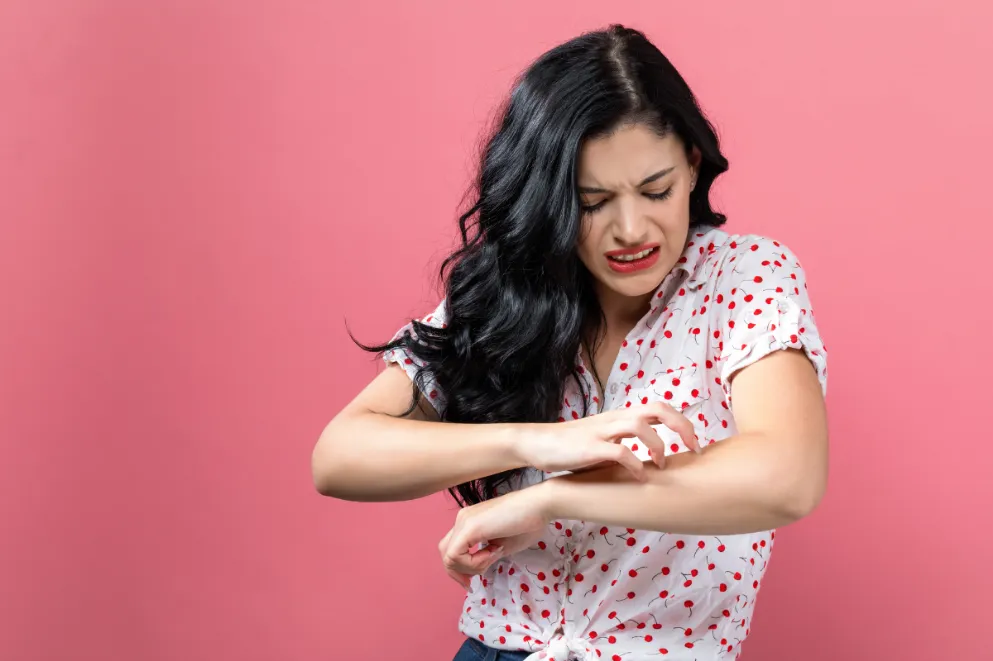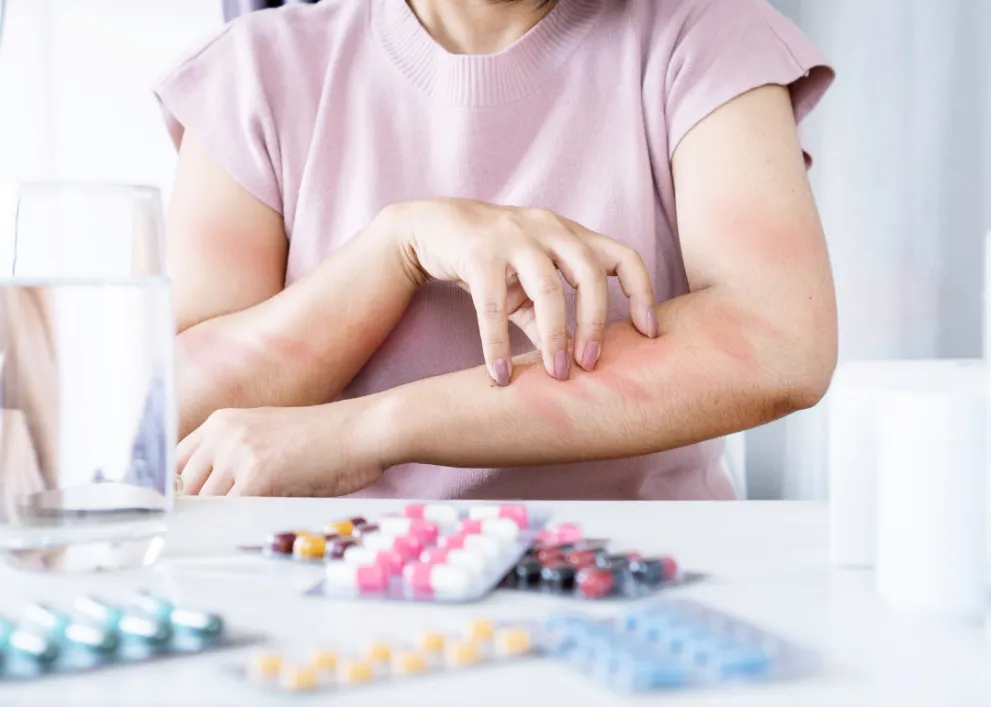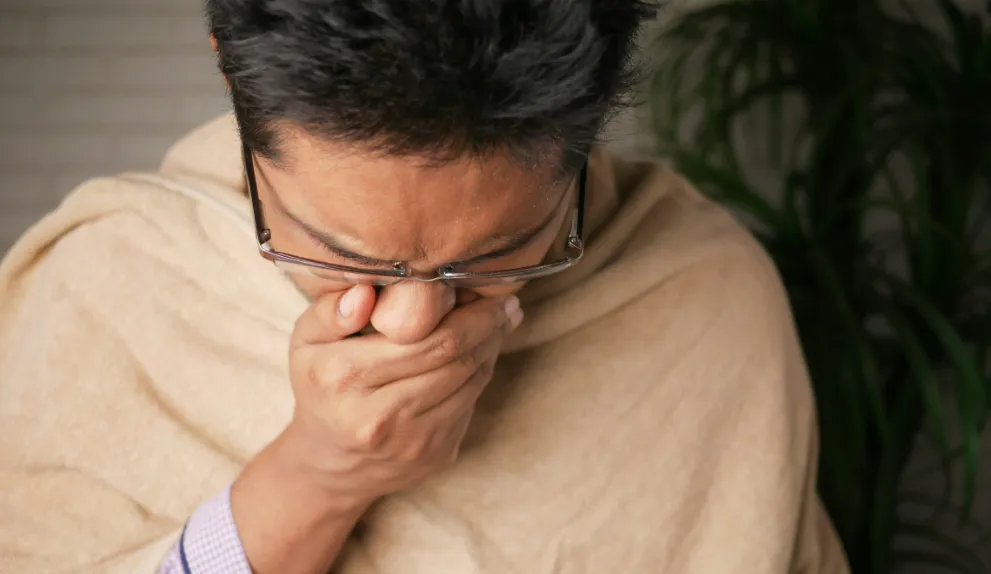Shingles: An Unwelcome Guest
Shingles is a skin disease that can be particularly hard on folks over 50 or those with a weakened immune system. It presents as an annoyingly itchy, painful rash that starts out as a tingling sensation and eventually evolves into fluid-filled blisters. The rash typically sticks around for 3 to 5 weeks.
Why Does Shingles Happen?
The shingles rash is a result of the varicella-zoster virus waking up from its dormant state in your nerve tissue. The virus can get a second wind if your immune system is weakened due to stress, certain medications, or aging.
Recognizing the Symptoms of Shingles
Shingles usually start as a tingling, burning sensation on one side of your body or face, followed by a localized, itchy rash. Fluid-filled blisters often accompany these symptoms. In some cases, shingles can cause serious complications such as eye damage, hearing loss, and even brain inflammation, so it's not something to take lightly.
The Four Stages of Shingles
1. Prodromal stage: This is the debut of shingles where you feel tingling or heightened sensitivity on one side of your body or face. No visible skin changes are seen, but some may feel so sensitive that even clothing can cause discomfort. You might also experience fever, chills, and fatigue.
2. Active stage: Next, a red rash shows up in the area where the initial tingling was felt. This itchy rash is shingles' signature look, and it might be accompanied by symptoms like headaches, fever, and an upset stomach.
3. Skin Blistering Phase: The third act sees painful, fluid-filled blisters appearing within days of the rash's arrival. These blisters can break open and release virus-containing fluid, making shingles contagious. Over time, the blisters crust over, and the skin starts to heal.
4. Postherpetic Neuralgia: In the final stage, around 10-18% of people may continue to experience persistent pain even after the rash has resolved. This condition, known as postherpetic neuralgia (PHN), can last for months or even years.
How Long Does Each Stage Last?
A shingles episode usually wraps up in a few weeks. The first stage lasts 1-5 days, the active stage around 1-5 days, and the blistering skin stage typically 7-10 days. The final healing stage can range from 1 to 3 weeks.
What's the Most Painful Phase of Shingles?
The peak of pain usually hits around 4-5 days after the first symptoms appear, around the same time when those pesky fluid-filled blisters form. But there's good news! As the blisters begin to scab over, the pain usually subsides.
When Are Shingles on the Mend?
You'll know that your shingles are healing when the blisters start scabbing over and your skin begins to heal, typically within 1 to 3 weeks.
Can Shingles Spread?
Yes, shingles can be contagious, but only during the fluid-filled blister stage.
How Do I Treat Shingles?
Your doctor might prescribe antiviral medications like acyclovir or valacyclovir if you start treatment within three days of symptom onset. Topical lidocaine can numb the pain, and over-the-counter medications can also help with pain and itch relief. Home remedies include wearing loose clothes, soaking in a colloidal oatmeal bath, and applying wet compresses or calamine lotion.
















